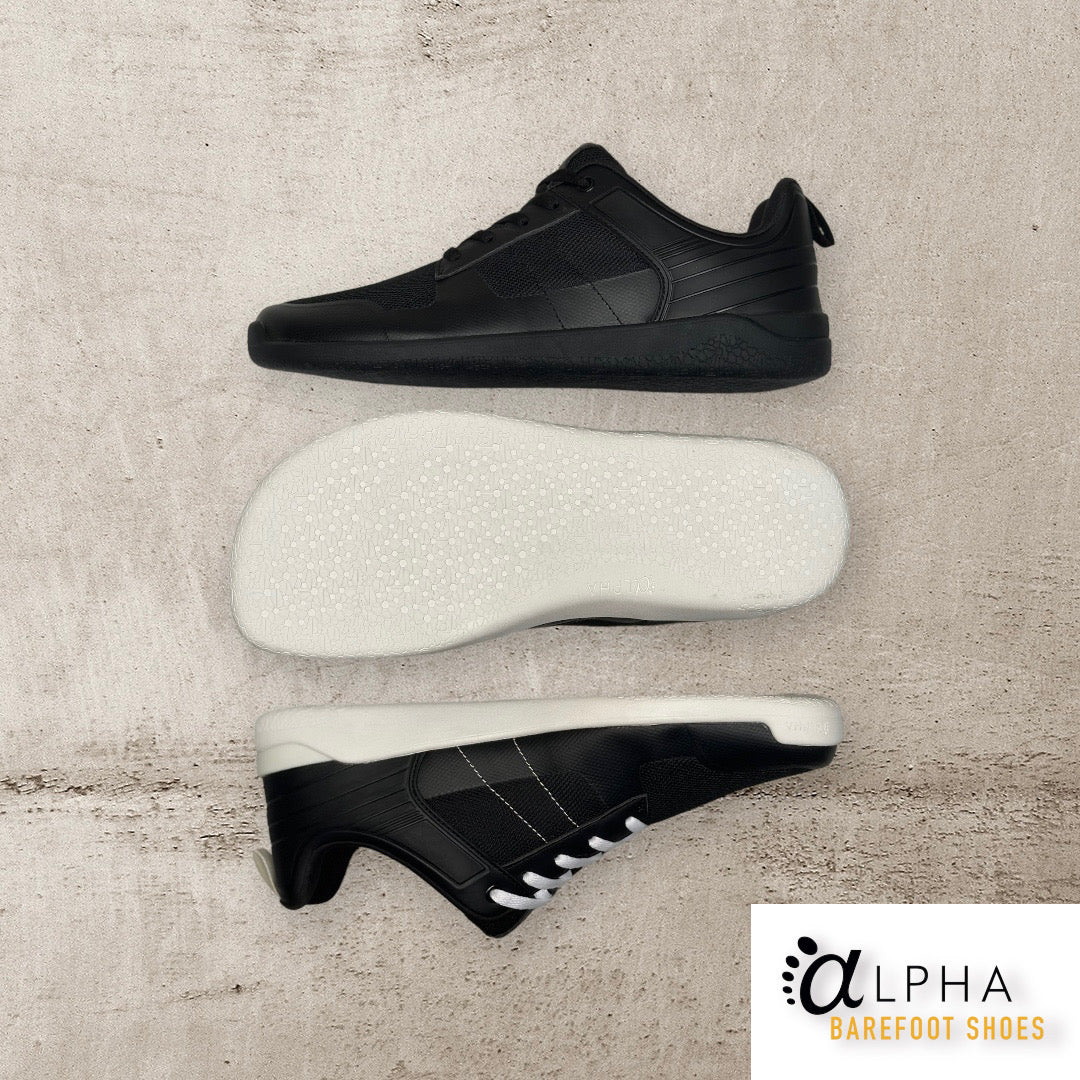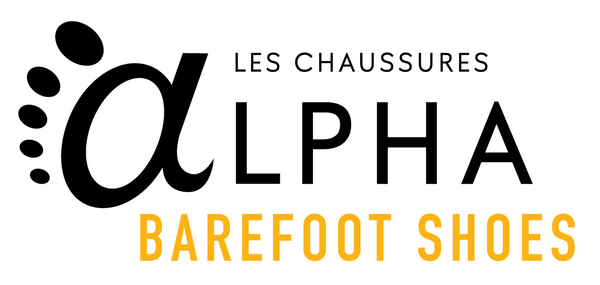
The anatomy of a Barefoot shoe
Share
The French translation of “ Barefoot” is “ bare foot ". The anatomy of this shoe is intended to be minimalist and provides a sensation almost identical to that of walking barefoot.
Nowadays, it is very difficult, even frowned upon, to walk around barefoot wherever we want. It is possible to do it at home, but you don't leave for work without wearing shoes!
On the other hand, at the end of the day, it is not uncommon to feel a feeling of freedom when we take off our shoes. The reason is simple, our feet are restricted by a shoe poorly suited to the shape of our feet for several hours.
Conventional shoes are not designed to fulfill the genius of human biomechanics. A foot is supposed to be flexible, muscular and resilient. When we restrict them by conventional shoes, we make our feet lazy and weak.

Here are the characteristics of a barefoot shoe:
1- No elevation
The sole is perfectly flat. The heel at the same height as the sole of the foot. Raising the heel changes the alignment of the spine and promotes a heel-strike walking pattern. If a heel lift was necessary to make our lives easier, evolution would have made sure to provide it for us!
2- Anatomical Fit
3- Thin sole
The role of a sole is to protect our feet from objects that can hurt us. On the other hand, the thicker the sole, the less information our brain receives thanks to the neurotransmitters located in our feet. A thin sole is ultra important for proprioception (our body's awareness of its own position and movements), perfect balance and finding the best posture depending on the type of surface you are walking on.
4- Optimal flexibility
They have a very flexible sole, allowing the feet to move without restriction and become stronger. In comparison, in a stiff shoe, the soles barely bend, which ultimately leads to muscle atrophy and pain.
5- No support
No orthopedic support is recommended. “ Barefoot” shoes have no arch support, no shock absorbers or other market innovations. Healthy feet are already equipped with these technologies! Feet will gradually lose strength if they are propped up and unable to move naturally, resulting in painful, stiff and weakened feet.
6- No reinforcement
The rigidity of the components of a traditional shoe does not allow our feet to move freely. It is preferable that the shoe conforms to the shape of the foot and not the other way around . This is why the shoes “ Barefoot ” are made from soft, flexible materials, without cardboard or plastic reinforcements to maintain their shape over time.
Unlike ordinary shoes, our Barefoot shoes allow the body to move naturally, allowing the feet to sense the environment.
It may take some time to get used to this more natural way of moving. A minimum of effort will allow your feet to regain their natural strength and resilience.
